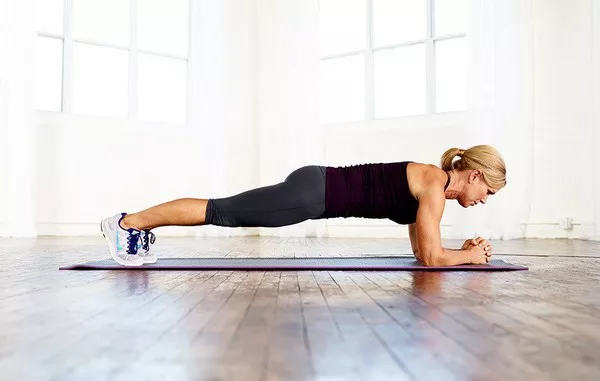In 2025, fitness is no longer confined to gym workouts or treadmill runs. Across cities, a new trend is emerging – the urban health space – an innovative concept that blends exercise, relaxation, and community into one seamless experience.
What Are Urban Health Spaces?
Urban health spaces are specially designed areas within the city that promote a holistic approach to well-being. These venues surpass traditional gyms by offering diverse environments, from rooftop yoga platforms and community gardens to park trails and shared workspaces outfitted with indoor health zones. Here, the focus isn’t solely on physical exertion but on creating an immersive experience that nourishes both body and mind.
Beyond the Conventional Gym
Several factors are steering people away from conventional fitness centers:
Flexibility: Urban health spaces empower individuals to exercise on their own terms. Rather than following rigid workout regimes, people can engage in a variety of activities—stretching on a rooftop, practicing group meditation in the park, or simply taking a leisurely walk during lunch breaks.
Mental Well-Being: While gyms often emphasize aesthetics, urban health spaces prioritize mental and emotional health. With abundant natural light, greenery, and fresh air, these environments offer a calm ambience that eases stress and sharpens focus.
Community Building: These spaces foster social interaction. Whether through community yoga sessions, breathing workshops, or shared gardening projects, they create a sense of belonging—a key ingredient for long-term health.
Eco-Friendly Design: Many urban health initiatives incorporate sustainable materials and green practices. Solar panels, rainwater collection systems, and recycled flooring underscore a commitment to both personal health and environmental protection.
Hot Trends in Urban Health for 2025
Several trends are defining the urban health movement this year:
Outdoor Yoga and Meditation Zones: Quiet corners in local parks now host free or low-cost sessions that appeal to a wide age range. Outdoor practices not only boost mood but also energize participants, offering a refreshing alternative to indoor studios.
Wellness-Infused Workspaces: Modern offices are evolving to include nap pods, quiet rooms, and on-site fitness trainers, ensuring employees remain balanced and focused throughout the day.
Pedestrian-Friendly Green Areas: Investments in walkable districts—with lush greenery, ample seating, and pedestrian zones—encourage casual activity without the pressure of a structured workout.
Urban Retreats and Pop-Up Wellness Havens: Repurposed or abandoned buildings are transforming into tranquil retreats that offer a temporary escape from the urban bustle.
Micro Health Studios: Small, specialized venues now provide services ranging from massage and breathing therapy to infrared sauna sessions, allowing busy city dwellers to unwind even on a tight schedule.
Urban Health Spaces: More Than Just Personal Benefits
These environments are not only enhancing individual well-being but are also reshaping cities. By promoting preventive care, reducing health care costs, and encouraging active lifestyles, urban health spaces contribute to cleaner cities, bolster local economies through wellness tourism and community activities, and even generate employment in health and sustainability sectors. When cities invest in these initiatives, they are ultimately investing in their residents.
Maximizing the Benefits
For those living in urban centers, embracing this trend is simple:
Check local parks or community centers for wellness activities.
Experiment with new practices like tai chi or forest bathing.
Join local gatherings or clubs to stay connected.
Incorporate small bouts of physical activity into daily routines, such as walking to work or using a standing desk.
Take regular breaks in green spaces to relax and rejuvenate.
In Conclusion
Fitness in 2025 transcends gym memberships and wearable fitness trackers. It’s about creating everyday habits that harmonize physical activity with nature and social connectivity. Urban health spaces embody this shift, offering dynamic settings where people can breathe, stretch, connect, and grow—right in the heart of their cities.
Related Topics
































